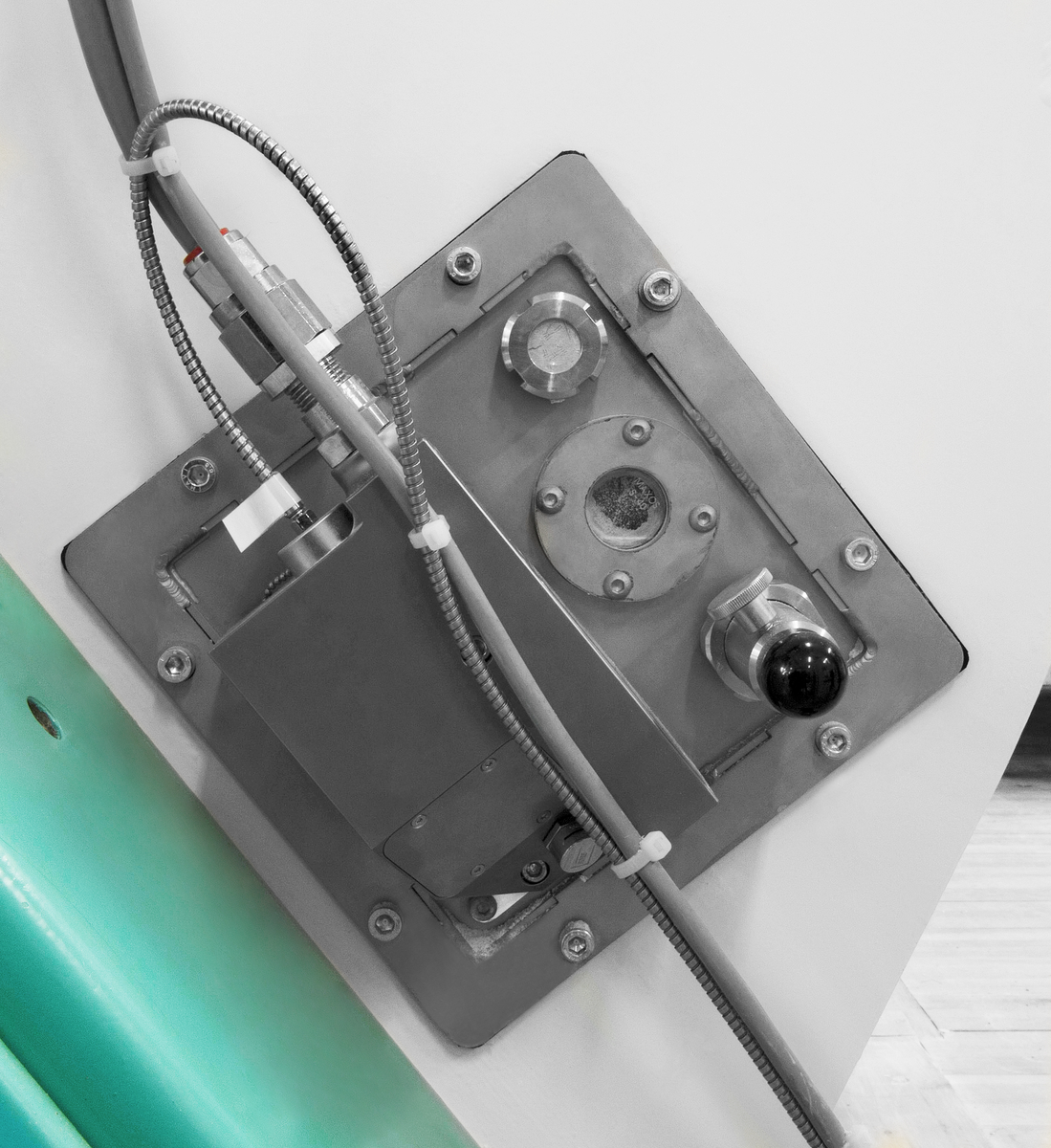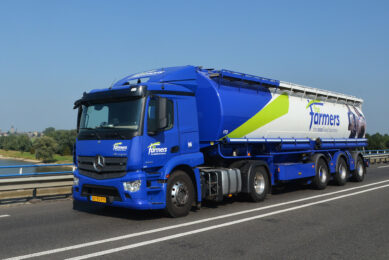Automatic control of moisture content in feed

In animal feed production, accurate measurement and fine-tuning of the moisture content is very important. It not only ensures a consistently high product quality, it also reduces the operating costs, and increases the margins.
By Stefan Hoh, product manager feed, Bühler AG Uzwil/Switzerland
To a great extent, the moisture content of animal feed determines the quality of the end product and the margins that a feed producer can achieve. Though the maximum moisture content of feed is prescribed by law, their actual moisture values are often substantially lower. This is primarily due to the fact that the fine-tuning of the moisture content is an extremely complex matter and that animal feed producers therefore prefer to observe a safety margin in order to avoid exceeding the maximum legal value. On the other hand, a higher and constant moisture content would ensure a consistently high product quality, reduce the raw material requirement, and therefore boost a feed manufacturer’s profit.
Results from pilot plant
In order to reliably control the moisture content of the product, it must be accurately measured in the ongoing process and if necessary be adjusted. It was shown that the measurement accuracy of the Bühler Multi-Online NIR System (DCMA) is 0.3% standard deviation. The NIR measurement probe is installed directly inside the batch mixer or fitted to the upper surge (buffer) hopper of the pellet mill. The process adapter additionally allows easy sampling as well as measurement of the temperature as an option. The water additive system that is integrated in the complete solution automatically adjusts the moisture content of the feed during the ongoing process. The moisture is also corrected directly inside the batch mixer by the addition of water or a water additive solution. In order to improve the moisture absorption rate and shelf life of the product, it is possible to mix an additive at a rate of 0.5-3% to the water.
The optimised moisture content of the product reduces the mechanical energy input into the pellet mill and therefore also the energy costs.
The economic benefits were further demonstrated at the pilot feed plant with an annual output of 90,000 metric tonnes. Here, the moisture content optimisation enabled this producer to cut their costs by about €225,000 a year. Also the energy consumption was reduced by about 5% (Table 1).
The payback time in this facility
was less than one year, and it can be further reduced as throughput rates increase.

Table 1 presents the results of using the Bühler Multi-Online NIR System (DCMA)
Great potential for cutting cost and increasing margins
The online testing and adjustment of the moisture content of animal feed in the ongoing process and seamless integration in the process control system offers feed manufacturers great potential for cutting costs and increasing margins. At the same time, real-time evaluation of measurement probe readings and smart networking of the production equipment and process control system allow significant progress to be made in boosting the flexibility and efficiency of production plants.
Thus, by reducing the raw material requirement as well as the energy consumption, it is possible to realise particularly resource-saving production processes and – thanks to advances in automation technology – to avoid error-prone manual activities.
Article featured in AllAboutFeed 22.9 2014, to read more articles from this issue log in or sign up now to view the online digital magazine.
*Click on Issue 1 to see further issues.











